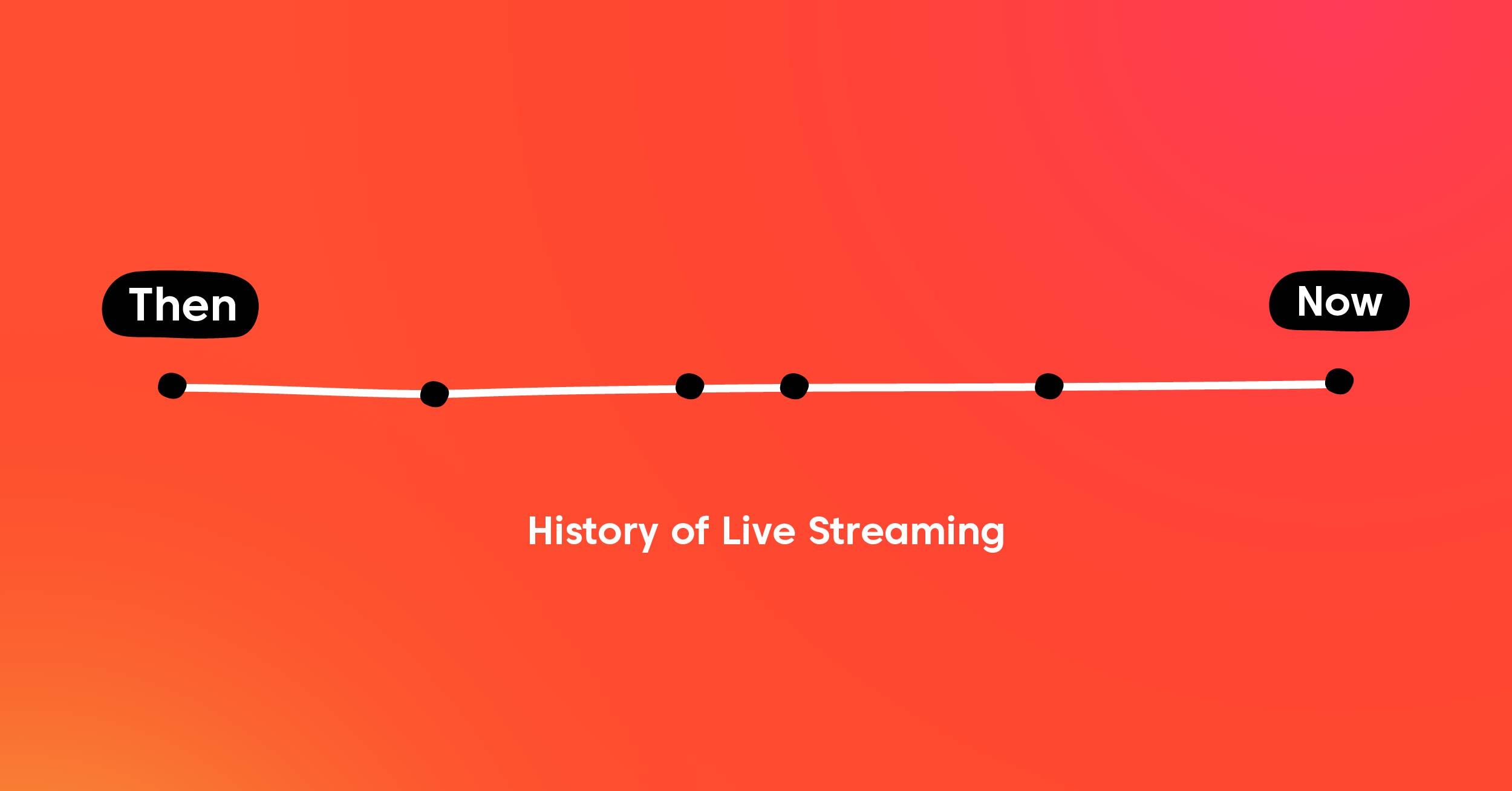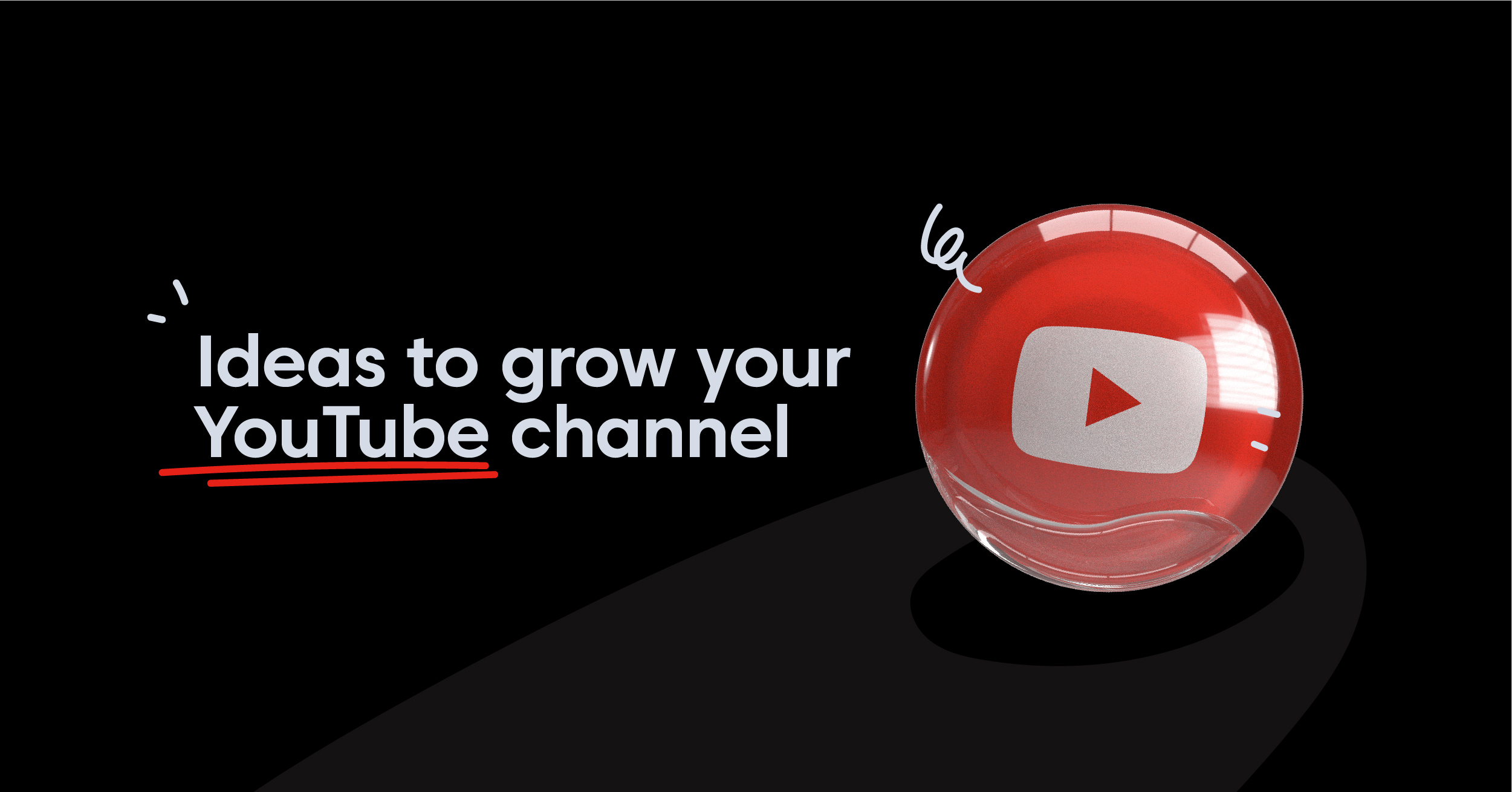Since its early days, the internet has come a long way as a text-only medium. These days, it’s all about video. According to Cisco, in 2022, 82% of all internet traffic will be video. That’s why streaming services like Netflix and Hulu are so popular and why online video is important in most marketing strategies.
But as the video has become more important, the way we stream it has had to evolve to keep up with demand. Today’s most popular streaming protocol is HTTP Live Streaming (HLS), but it has some serious limitations. That’s where MPEG-DASH comes in; that ensures adaptive bitrate streaming. DASH streaming technology is the future of online video, and it’s time you understand how it works.
This article will explain everything you need to know about MPEG-DASH streaming. Let’s get started!
What is MPEG-DASH?
MPEG-DASH is a great new video streaming format that has the potential to be the future of online video. The technology is used to transport live video segments and on-demand video content from web servers to viewers’ devices, which is extremely useful.
The acronym MPEG-DASH is easy to remember and spells out the main function of the format: Moving Pictures Expert Group and Dynamic Adaptive Streaming over HTTP. By providing an industry-standard alternative to Apple’s HTTP Live Streaming (HLS) protocol, MPEG-DASH has the potential to become the go-to format for online video streaming.
How Does MPEG-DASH Work?
MPEG-DASH is a new video streaming protocol that has the potential to revolutionize online video. Unlike traditional streaming formats, MPEG-DASH uses adaptive bitrate streaming, which means that it can automatically adjust the quality of the video stream based on the available bandwidth. It allows for a much smoother viewing experience, as there are no sudden drops in quality or buffering delays.
Understanding the MPEG-DASH streaming process is necessary to understand how traditional video streaming works. Traditional video streaming formats use a constant bitrate, which means they send the same amount of data per second regardless of the available bandwidth. This can often lead to problems, as a sudden drop in bandwidth can cause the video quality to suffer.
On the other hand, MPEG-DASH uses adaptive bitrate streaming, which means that it can automatically adjust the Bitrate based on the available bandwidth. This allows for a much smoother viewing experience, as there are no sudden drops in quality or buffering delays.
So how does MPEG-DASH work? When you initiate a stream using MPEG-DASH, the player will first contact the server to determine the available bandwidth. The server will then select an appropriate bitrate for the stream based on this information.
The player will then begin receiving data at this constant bit rate. However, if the bandwidth suddenly drops, the player will automatically switch to a lower bitrate to maintain a smooth viewing experience. MPEG-DASH works by storing videos in small, segmented video files, making it much easier for the player to adapt to changes in bandwidth.
This adaptive bitrate streaming is what makes MPEG-DASH so powerful, and it is one of the key reasons why this new protocol has the potential to revolutionize online video. Thanks to automatically adjusting the Bitrate based on the available bandwidth, MPEG-DASH can provide a much smoother and more consistent viewing experience than traditional video streaming formats.
What is Adaptive Bitrate Streaming?
Adaptive Bitrate is a technology that allows video content to be delivered adaptively based on the available bandwidth. Instead of choosing a single bitrate and sticking with it, the video can be automatically adapted to the viewer’s current internet speed. It results in a much better viewing experience, as there are no longer any buffering issues or times where the video quality is poor.
MPEG-DASH is a new video streaming format that uses ABR to deliver video content adaptively. MPEG-DASH can provide a better viewing experience than other video streaming formats. It can adjust the video quality for the same video based on the viewer’s internet speed.
Why Should You Try MPEG-DASH?
There are many reasons why you should consider creating MPEG-DASH streams. First and foremost, MPEG-DASH has the potential to provide a better viewing experience than other video streaming formats. Similarly, MPEG-DASH is also much more efficient than other video streaming formats, as it doesn’t need to send as much data to maintain a high-quality stream.
All in all, MPEG-DASH is a new streaming video protocol that has the potential to change the way we watch online videos. Let’s see the benefits and drawbacks of using MPEG-DASH.
Benefits of MPEG-DASH Streaming
The MPEG-DASH standard provides some benefits over traditional video streaming formats, including:
▪ Better quality: MPEG-DASH uses adaptive bitrate streaming, which means it can automatically adjust the video quality based on the available bandwidth. It results in a much higher quality video stream, with no sudden drops in quality or buffering delays.
▪ Smoother viewing experience: Thanks to its ability to automatically adjust the Bitrate, MPEG-DASH can provide a much smoother and more consistent viewing experience than traditional video streaming formats.
▪ Less data usage: One of the key advantages of MPEG-DASH is that it uses less data than traditional video streaming formats. This is because MPEG-DASH only downloads the needed video segments based on the viewer’s internet speed.
▪ Compatibility with existing standards: MPEG-DASH is compatible with several existing standards, including H.264, AAC, and MP4. This means that it can be used with various devices and software platforms.
Drawbacks of MPEG-DASH Streaming
While MPEG-DASH has several advantages, there are also some potential drawbacks to using this new video streaming format. These include:
▪ Limited Support: One of the biggest disadvantages of MPEG-DASH is that it is not widely supported at this time. This means that not many devices or software platforms support MPEG-DASH streams. However, this is likely to change as MPEG-DASH becomes more widely adopted.
▪ High CPU usage: Another potential drawback of MPEG-DASH is that it can place a high demand on CPU resources. MPEG-DASH uses a lot of processing power to decode the video segments.
Despite these potential drawbacks, MPEG-DASH is still a promising new video streaming format. Thanks to its adaptive bitrate streaming technology, MPEG-DASH has the potential to revolutionize online video.
Final Words
Overall, MPEG-DASH is newer than other video streaming protocols that have the potential to change the way we watch online videos. MPEG-DASH can provide a better quality video stream with minimal buffering delays thanks to its adaptive bitrate streaming technology. Additionally, MPEG-DASH is much more efficient than other video streaming formats, as it uses less overall data. Although MPEG-DASH does have some potential drawbacks, such as high CPU usage, these are likely to be addressed in future versions of the MPEG-DASH standard.







